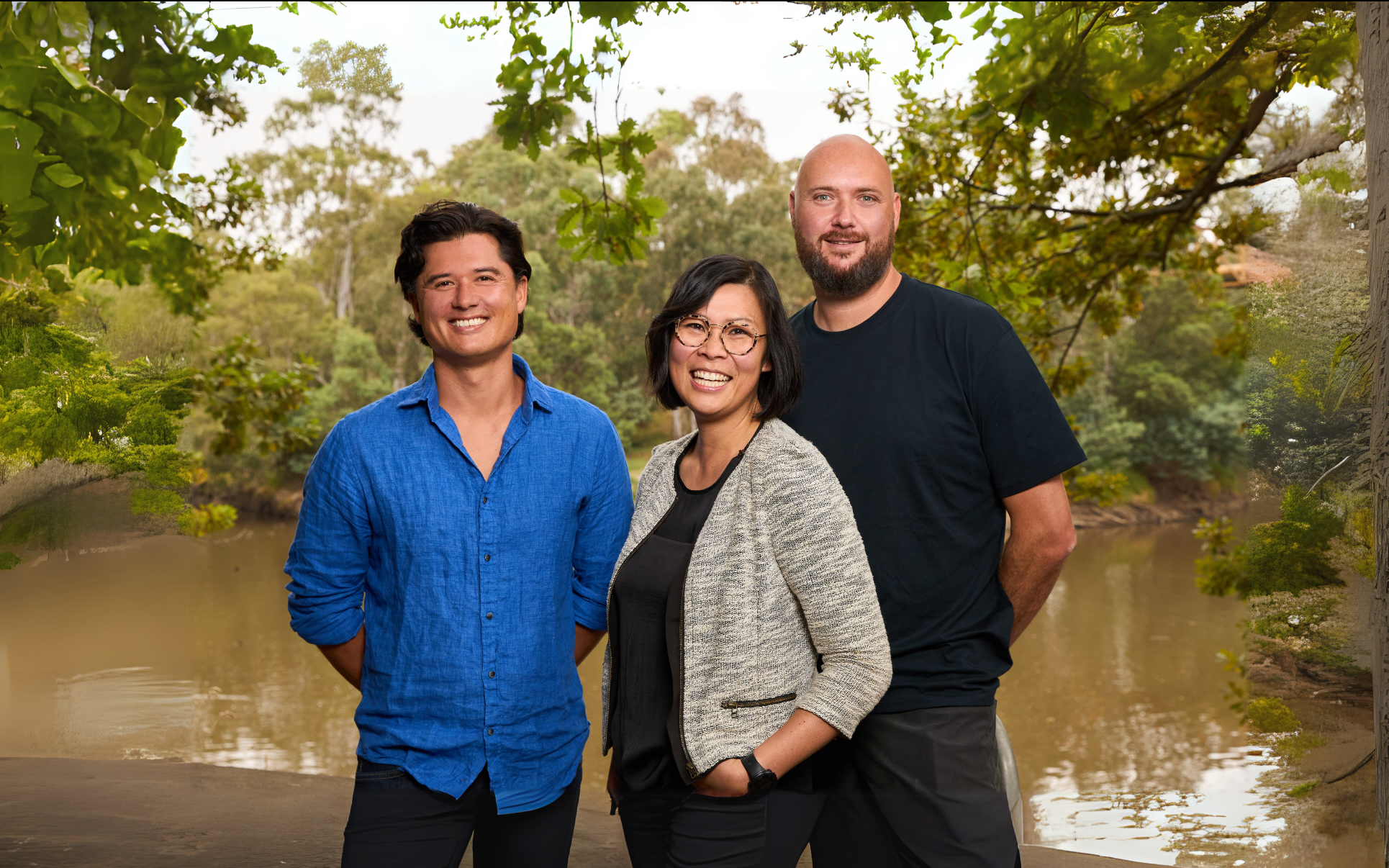We recently started a Theory of Change series where we break down Giant Leap’s impact thesis for the positive change we hope to see from our investments.
In this post, we’re going back to square one to help impact investors and founders understand and develop their own theory.
What is a Theory of Change?
In short, a Theory of Change is a comprehensive hypothesis for how you will create change.
For example, a Theory of Change could chart how you will address youth disengagement with edtech or healthcare inequality through drones delivering healthcare services.
Much like business strategy, a Theory of Change involves:
- A “north star” (or mission) describing what you are trying to achieve
- A logic model (i.e. this plus this equals that) for how you expect to achieve your north star through activities you can control
- Metrics to measure your units of progress towards success
It’s a highly flexible framework that can be used by both investors and founders. At Giant Leap we develop a Theory of Change for each investment as well as helping founders develop their own Theory of Change for their business.
Why would you need one?
If you hope to create impact, not having a Theory of Change is like not having a strategy (note: this is usually a bad strategy).
Developing a Theory of Change will not only help you allocate resources to achieving your mission, but will also help you articulate how your investment creates impact for the people who care.
How to develop your own Theory of Change
Here’s an example of Giant Leap’s Theory of Change for our investment into Who Gives A Crap, which explains simply how we expect to create change.

Let's break down how we got there...
Step 1: The impact north star
Key question: What is the unifying goal driving your activities?
The first step is to develop your impact north star, the unifying goal behind your activities.
It should start with the question, “why?”, which might be a good moment to look at recognised frameworks like the UN Sustainable Development Goals (SDGs) or use Giant Leap's impact calculator to flesh out your intentions and assumptions. It also always helps to include others in the conversation - a shared goal is a useful goal.
Some examples of impact north stars could be, "Over the next 10 years, we aim to..."
...improve the health of 1 million people
...sequester 1 gigatonne of carbon dioxide and equivalent emissions
...contribute to eliminating the gender pay gap
Whatever is important to you and something you can meaningfully contribute to!
Step 2: The logic model
Key question: What is your hypothesis for how your startup will achieve your north star?
The next step is to link up how your business activities drive progress towards your north star through a logic model that typically has the following structure:
- If we [activities / inputs]...
- it will lead to [outputs]...
- And ultimately [your impact north star / outcome]
It helps to start with your north star and work backwards to the activities that you can control, such as investing growth capital, launching a new product, or implementing a new policy.
Step 3: Metrics to measure success
Key question: What will you measure to validate whether your Theory of Change is true?
Your impact metrics should flow directly from your north star and logic model, and be the most practical metrics that will allow you to either prove or disprove your theory.
At Giant Leap, we value balancing simplicity with value, so we recommend founders limit their metrics to the top 1-3 metrics that their customers, employees, or investors care the most about.
Then, you’ll need to collect these metrics regularly to confirm whether your activities are in fact driving progress towards your north star (and if not, revisit your Theory of Change!).
Step 4: Tell the world!
If you’ve created and validated a positive change, don’t forget to tell the world!
There is so much value in your impact story driving business outcomes like customer acquisition, talent retention, and capital availability - and this will increase motivation and momentum to continue scaling impact. Sharing your wins (and your woes!) will also inspire impact thinking in others, which turns your day-to-day activities into a megaphone driving impact across the ecosystem.
__
This is a (very) abridged guide to developing a Theory of Change, and we highly recommend leaning into resources like NPC’s Guide to Theory of Change if you want to dive a level deeper.
If you would like to invest with us in Fund II, check out our investor page.
To stay close to the heartbeat of Giant Leap, sign up to the Small Steps newsletter.



.JPG)



%20-%20Edited.jpg)
